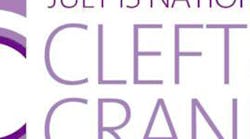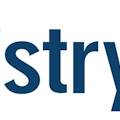July is National Cleft and Craniofacial Awareness and Prevention Month
Despite unique health challenges, those born with cleft and craniofacial conditions can lead fulfilling, successful, and accomplished lives. Clefts are usually repaired surgically in the first year of life, though many children require additional surgeries and treatments through adolescence to correct challenges to breathing, eating, or speech development. Individuals born with cleft lip or palate often need specialized dental or orthodontic care throughout their lives as well.
The causes of orofacial clefts are mostly unknown, though some result from changes in the child’s genes before birth. Recently, the Centers for Disease Control and Prevention (CDC) found that women who smoke during pregnancy or are diagnosed with diabetes before pregnancy have an increased risk of having a child with a cleft. The CDC also found that women who use certain medicines to treat epilepsy, such as topiramate or valproic acid, during the first trimester of pregnancy also have an increased risk. “This condition affects roughly 7,000 of our infants every year in the US, and is even more widespread abroad,” says Marilyn Cohen, president of the Cleft Palate Foundation (CPF), “This national month of awareness provides an opportunity for dialogue about facial differences, the treatment options currently available, and how to prevent more craniofacial conditions.”
More information about CPF can be found at www.cleftline.org. CPF works closely with ACPA to promote awareness and supply a wide array of resources. More information about ACPA can be found at www.acpa-cpf.org/
____________________
RELATED
Are children receiving prompt cleft lip/palate treatment?
The genetics of cleft lip and palate
____________________

